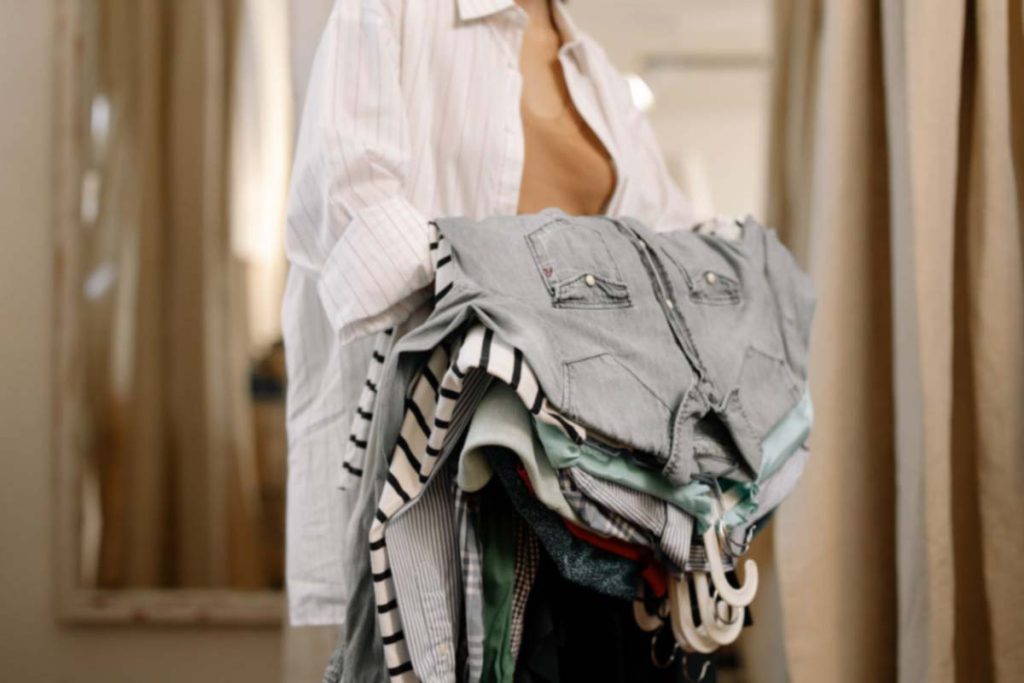We should all strive to achieve a zero-waste lifestyle with a smaller environmental impact. However, for many, living sustainably also needs to fit within the constraints of a budget. The good news is being greener does not need to be expensive – you can make meaningful differences by making small changes to achieve budget-friendly green living. Small steps, taken together over time, can lead to bigger impacts and eventually living more sustainably without breaking the bank.
Rather than seeing sustainability as an all-or-nothing endeavour, we can focus on practical tweaks to reduce our footprint a little at a time. Investing in durable, multi-purpose items up front may seem more expensive initially, but it becomes more affordable over the long run through reduced consumption.
This blog post looks at 13 affordable eco-friendly home hacks to shrink your environmental impact through modifications you can implement today, over the shorter term. Small, sustainable steps lead to big changes.
1. Remember those shopping bags
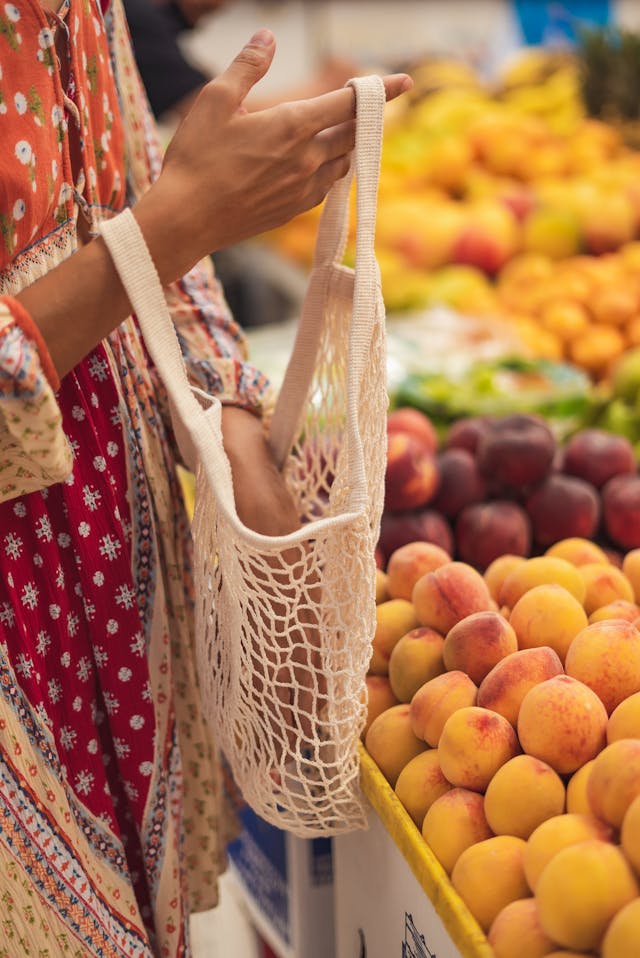
One of the easiest and most effective swaps you can make immediately is opting for reusable shopping bags. Keeping durable bags in your car or handbag means saying no to plastic. Reusable bags are a one-time purchase that saves you money in the long run by avoiding purchasing single-use plastic versions with every shopping trip. They’ll also help reduce plastic waste significantly over time. For maximum convenience on a budget, have at least five reusable bags so one is always on hand when you’re low on groceries or heading out for errands. Switching to reusable bags is a simple lifestyle change you can make starting today for more sustainable living without breaking the bank.
Budget-friendly sustainability tip: If you always forget the bags, another alternative is to keep an empty box or crate in your car boot and transfer your groceries directly into the box. Take it out at home and immediately place the box or crate back in your car.
2. Start thrifting
An easy change to live more sustainable on a budget entails moving away from fast fashion. This article from Earth.com highlights how 92 million tonnes of garments land in landfills annually. An eco-friendly home hack is to stop buying brand-new clothing. Opt for more sustainable choices. Consider thrifting for your wardrobe needs as thrifting does not mean tattered clothing. Charity shops and second-hand clothing stores are treasure troves full of pre-loved gems waiting for you to discover them.
With a little rummaging, you will be surprised by the quality of clothing others no longer wear and pass on. By extending the lifetime of existing garments, thrifting embraces reuse – a key principle of sustainability. Start browsing your local thrift shops and see how fashionable your finds can be. If you hate visiting physical shops (yes, using your car less also contributes to a greener environment), buy from online thrifting shops. There is even a Facebook page called Thrift Queen South Africa with more than 23 000 members selling items. Yaga is another alternative for South Africans. You can easily filter searches according to size, price and category and find items that were never worn or worn once by using the correct keywords. Yaga offers buyer protection and sellers keep all the money from the items they sell. See this nature-inspired Yaga shop we found.
3. Reduce Energy Consumption

One of the easiest and most cost-effective ways to live a more sustainable life at home is to reduce energy consumption by turning off lights and electronics when not in use. Use the free natural light as much as possible by moving to a brightly lit room or working outside for a few hours. Chirping birds, butterflies, and the breeze on your skin will lift your spirits – talk about low-cost green living!
Energy-efficient light bulbs may cost more over the short term, but LED lights last much longer than traditional bulbs and use less electricity. LED lights are a brilliant choice for a green home and are 80 to 90% more energy efficient when compared to incandescent lights and, on average, 20% more efficient than fluorescent lights. If these stats are true, switching to LED lighting could be a great budget option for living more sustainably at home.
Budget-friendly sustainability tip: Switch light bulbs and even old appliances at home with green energy-efficient alternatives as they stop working.
4. Use eco-friendly cleaning products
Eco-friendly products are a good step towards more sustainable living at home, though not as affordable as chemical-laden products. Using eco-friendly products for cleaning, beauty, and laundry can help to reduce your environmental impact, and be kinder to Mother Nature. Switching to natural, non-toxic cleaning products doesn’t have to mean a big dent in your budget.
While some popular green brands can be more expensive, there are affordable options to get you started on a kinder cleaning routine without breaking the bank. With a bit of research and by substituting one chemical product at a time, you’ll be amazed at how easily and inexpensively you can transition to a non-toxic home – and feel good about avoiding harsh fumes and chemicals down the drain.
Budget-friendly sustainability tip: Try homemade, classic cleaning combos like diluted white vinegar, baking soda or lemon juice – these basic ingredients work incredibly well. If you prefer buying, look out for concentrates that offer great value when diluted.
5. Conserving water
The next budget-friendly sustainability tip focuses on water conservation because nobody likes a high water bill. Water is also a precious resource and conserving it is good for the environment.
Fix dripping taps
The easiest way to save water is by fixing leaks and replacing worn seals. You may have to invest some money to make the fixes, but it will be worthwhile over the long term, and nobody likes a dripping tap at night.
Budget-friendly sustainability tip: If you do not have the budget or time to fix that dripping tap (and you keep forgetting to call the handyman), place a bucket underneath the tap and use the water in the garden.
No baths, or shortened shower time
An eco-friendly home hack to be more sustainable in the bathroom without breaking the bank is to shower instead of taking a bath and shortening the length of that shower. Another low-cost green living solution is catching the shower water for your plants or using this water to flush the toilet. This is a small habit change and can make a big difference in your environmental impact over the long term without breaking the bank.
Collect the rainwater
Watering the garden can use a lot of water. Another method that aligns perfectly with sustainable living on a budget is rain harvesting to reduce the water you use from the municipal supply (and pay for). If you can’t afford to install storage facilities, placing old-fashioned buckets outside during a storm will be ideal.
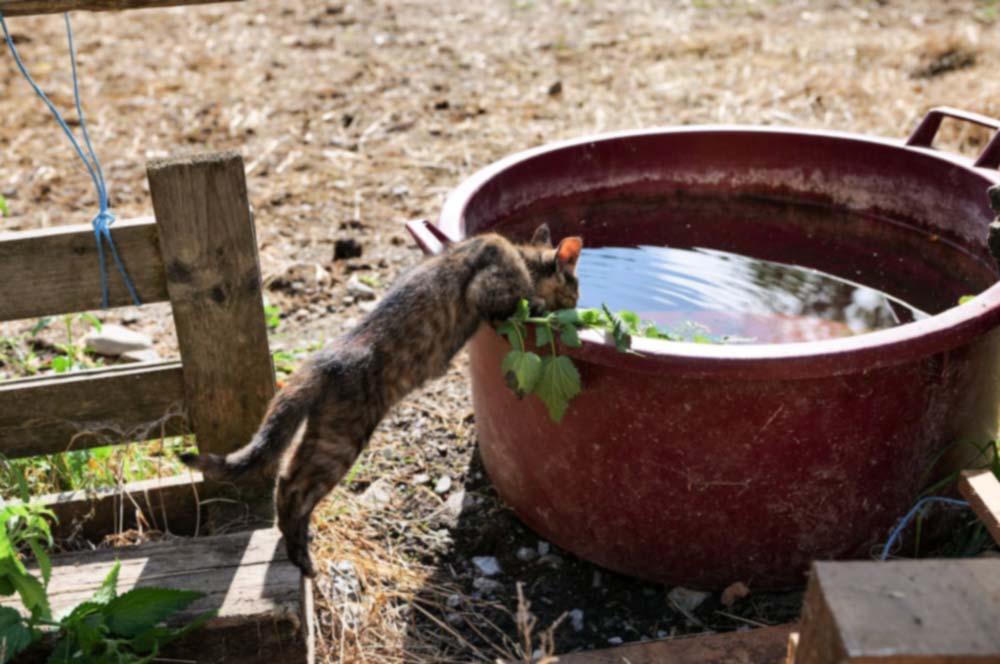
Water the garden less with drip irrigation
Sustainable water use also means finding ways to use less water in the garden. For veggie gardeners looking for alternatives, drip irrigation might be a great option. There is an upfront cost to install, but over the longer term, it will save lots of water and additional money on your water bill. This University of Rhode Island article says drip irrigation is 90% efficient (compared to sprinklers at 60-75%) at allowing plants to use the water applied. And, it reduces runoff and evaporation. Drip irrigation slowly applies the water to the plant root zone where it is needed most.
Budget-friendly sustainability tip: Collect grass cuttings and other organic materials to mulch your garden. You would be surprised how long the soil stays moist underneath the material. Then you only water when the soil is dry.
6. Recycling
Recycling is a simple way to reduce the waste you produce at home and to prevent pollution, and we don’t only mean leftover paper and plastic. Trying not to use anything just once is a step towards a more sustainable home. It may be frugal, but get creative with things you would usually chuck in the bin after one use and see how to use it again. Conserving resources reduces pollution and will open your eyes to the unnecessary waste we create.
7. Composting food scraps
Do you chuck your vegetable peels directly in the bin? Composting food scraps is a great way to live more sustainably. A better alternative than throwing your food waste in the bin is to bury certain things in your garden or invest in bokashi and ferment your food waste (including bones). Once fermented, you can use the diluted liquid as fertiliser in your garden, add the fermented food to your compost or dig it into the garden. It does not attract flies. Your plants will love you for it, and over the long term, you will save a lot by not having to buy fertilisers – low-cost green living at its best!
8. Eat food before it spoils
Statistics vary, but South Africa generates about 9 million tonnes of food waste annually. In America, 40% of food grown is never eaten. Plan your meals better and shop only for what you need to prevent food from spoiling. If certain items are going to spoil, use them immediately in a soup, stew or smoothie to prevent them from going to waste.
Budget-friendly sustainability tip: Keep your vegetable offcuts (onion, carrot peels, leek leaves etc) and your bones. Place them in the freezer until you have enough and turn them into a delicious stock. You can include vegetables that are on the edge of spoiling.
9. Planting an organic garden

Another eco-friendly home hack is planting an edible organic garden, one of the easiest ways to live more sustainably at home. It does not have to break the bank because a garden does not have to be expensive. Growing fruits and vegetables can be much fresher than store-bought alternatives. You know what goes into it. There is nothing better than eating from the garden. Also, a garden can provide a natural habitat for wildlife (think birds, bees and other pollinators). Growing a vegetable garden does not have to be expensive at all.
Budget-friendly sustainability tip: Start small. I grew tired of mushy lettuce in my fridge when I did not feel like eating salad as frequently, so I decided to grow leafy varieties and harvest them as needed. I made this decision in December 2022. Since then, I have only bought lettuce twice. It took a while to perfect my succession planting as lettuce wouldn’t live forever before bolting (free seed!), but it became easy once I got the hang of it.
Read our organic gardening articles here
10. Eat seasonally
Have you ever wondered why certain fruits and vegetables are so much more expensive at certain times of the year? Growing a veggie garden will teach you about seasonal growing. Unless you live in a warm part of the country, you cannot grow pumpkins in winter, and you will be better off growing brassicas in the cooler seasons. Also, stop buying vegetables and meat imported from other countries as the footprint for long-distance transportation is much bigger and not sustainable.
Find local growers. Supporting local growers with our purchasing power helps strengthen the community economy and is more environmentally friendly since the produce does not travel vast distances. It is a great way to live more sustainably at home without breaking the bank. Seasonal eating is better for our wallets, health, and the planet.
11. Washing in cold water
A lot of the energy used by your washing machine goes towards heating the water, so switching to cold water washing is the perfect eco-friendly home hack. Not only will you reduce your carbon footprint by washing in cold water, but the amount of microfibers released with the water will also be fewer according to this study. While at it, do you need to wash that pair of jeans immediately, or can you wear them again?
12. Hang your clothing outside
Hanging clothes out to dry rather than using a dryer provides numerous benefits. It is a great way to be more sustainable at home. It saves energy by avoiding power usage, lessens microfiber pollution, and helps extend the lifetime of garments – all while freshening fabrics with a natural breeze. Line drying is better for both budgets and the planet.
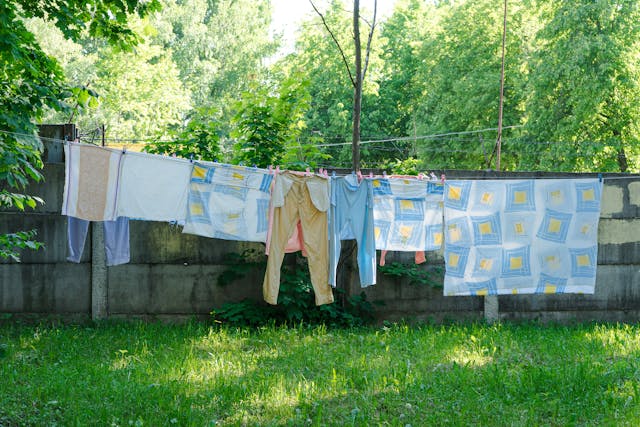
13. Reusable bottles and cups
Another eco-friendly hack is investing in reusable water bottles and travel coffee mugs. This way you can eliminate disposable plastic waste from daily drink purchases like bottled water and takeaway coffee cups. This reduces plastic trash that would otherwise end up in landfills or waterways. Using reusable bottles and cups instead of one-time plastics is an easy way to cut personal waste and make more eco-friendly choices on the go.
Adopting sustainable habits does not need to be expensive or unrealistic. Small adjustments like fixing leaks, changing lightbulbs, and thrifting can go a long way in reducing your environmental impact. While some green upgrades involve initial costs, pursuing sustainability through low or no-cost tweaks is a practical way to live more gently on the planet. Every small change makes a difference. By starting with the budget-friendly green living ideas outlined in this article, anyone can embark on the journey toward sustainable living while still watching their expenses.
Main image: Ready made, Pexels
*** END ***
You can do much more to be sustainable at home without breaking the bank. Share some of your ideas and things you do in the comment section.
Was this post about being more sustainable at home on a budget useful? If so, share it with your friends on social media! Sign up for our free email newsletter here.
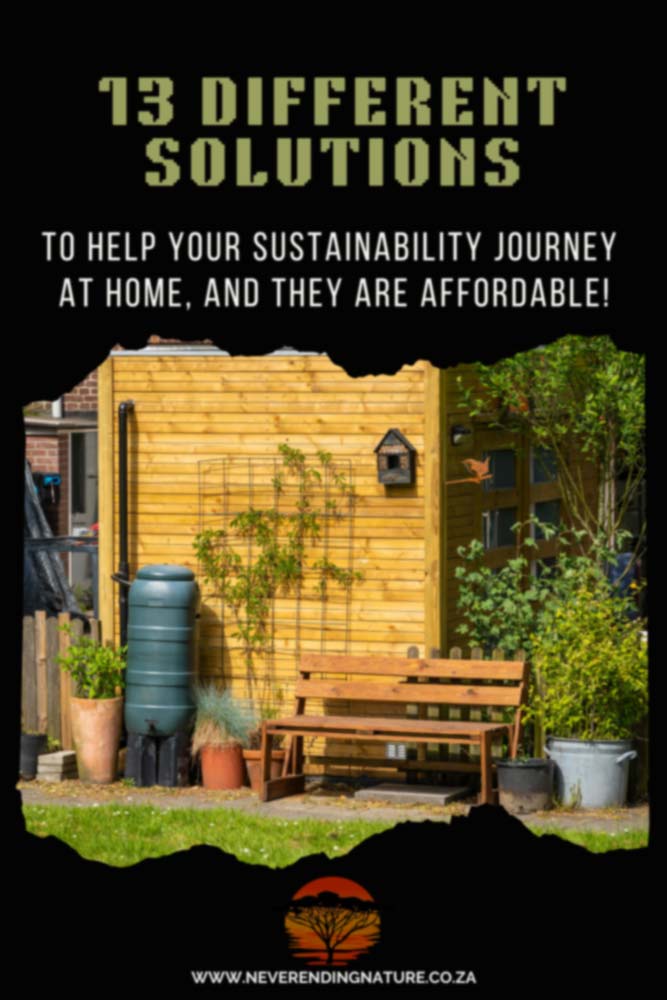
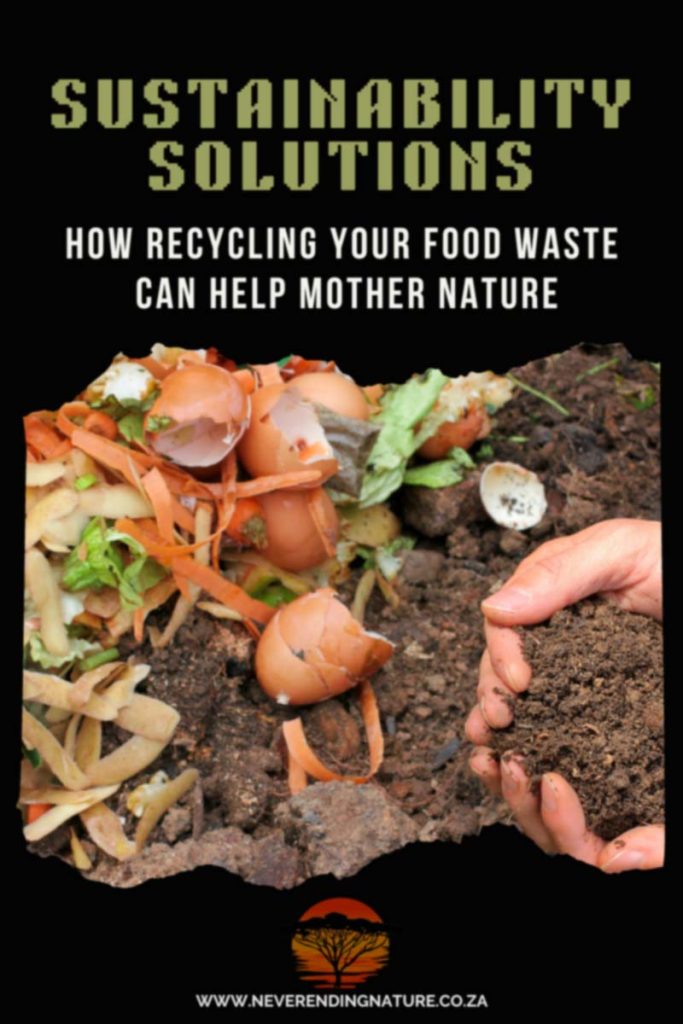
Copyright 2024 Never-ending Nature. All rights reserved. You may not republish or rewrite this article without permission.


